Emphasis on Customer-Centric Solutions
In the Commercial Loan Software Market, there is a growing emphasis on customer-centric solutions. Financial institutions are recognizing the importance of tailoring their offerings to meet the specific needs of borrowers. This shift is prompting the development of software that provides personalized loan options and flexible repayment plans. By leveraging customer data, lenders can create more relevant and appealing loan products. This trend is supported by Market Research Future indicating that customer satisfaction is a key driver of loyalty and repeat business in the lending sector. As a result, the Commercial Loan Software Market is likely to evolve towards more adaptive and responsive software solutions that prioritize the borrower experience.
Regulatory Compliance and Risk Management
The Commercial Loan Software Market is increasingly influenced by the need for regulatory compliance and effective risk management. Financial institutions are under constant pressure to adhere to evolving regulations, which necessitates the implementation of robust compliance frameworks. Commercial loan software that incorporates compliance features helps lenders navigate complex regulatory landscapes while minimizing risks associated with lending practices. The market is witnessing a rise in demand for solutions that offer real-time monitoring and reporting capabilities, ensuring that institutions remain compliant with local and international regulations. This focus on compliance is expected to drive innovation within the Commercial Loan Software Market, as software providers develop tools that facilitate adherence to regulatory requirements.
Rising Demand for Digital Lending Solutions
The Commercial Loan Software Market is experiencing a notable surge in demand for digital lending solutions. As financial institutions increasingly seek to streamline their operations, the adoption of software that facilitates online loan applications and approvals has become paramount. According to recent data, the market for digital lending solutions is projected to grow at a compound annual growth rate of approximately 10% over the next five years. This trend is driven by the need for enhanced customer experiences and operational efficiency. Financial institutions are investing in commercial loan software to reduce processing times and improve service delivery. Consequently, the Commercial Loan Software Market is likely to witness a significant transformation as more lenders embrace digital platforms to meet evolving consumer expectations.
Growing Competition Among Financial Institutions
The Commercial Loan Software Market is characterized by growing competition among financial institutions, which is driving the adoption of advanced software solutions. As lenders strive to differentiate themselves in a crowded marketplace, they are increasingly investing in technology that enhances their lending capabilities. This competitive landscape is prompting institutions to seek commercial loan software that offers unique features, such as automated underwriting and enhanced customer relationship management. Market data suggests that institutions that leverage innovative software solutions are better positioned to attract and retain customers. Consequently, the Commercial Loan Software Market is likely to see a proliferation of diverse software offerings as lenders aim to gain a competitive edge.
Integration of Artificial Intelligence and Machine Learning
The integration of artificial intelligence (AI) and machine learning (ML) technologies is reshaping the Commercial Loan Software Market. These advanced technologies enable lenders to analyze vast amounts of data, thereby enhancing risk assessment and decision-making processes. AI-driven algorithms can identify patterns and trends that may not be immediately apparent, allowing for more accurate credit scoring and loan approvals. As a result, financial institutions are increasingly adopting commercial loan software that incorporates AI and ML capabilities. This shift is expected to drive efficiency and reduce default rates, ultimately contributing to a more robust lending environment. The Commercial Loan Software Market is likely to see a rise in demand for solutions that leverage these technologies to optimize lending operations.


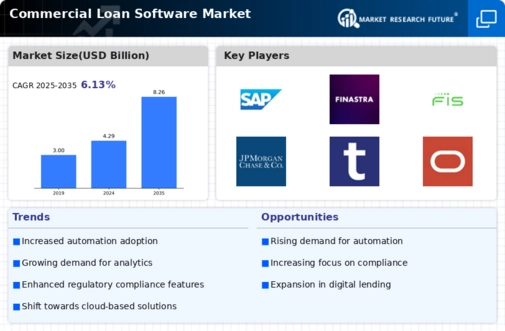
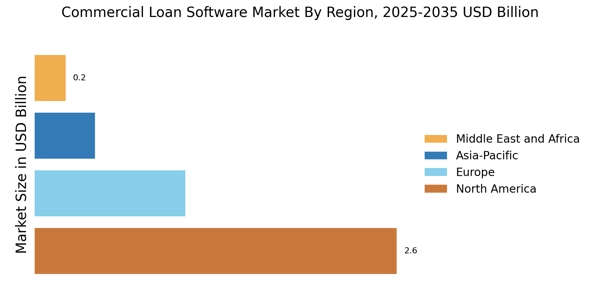
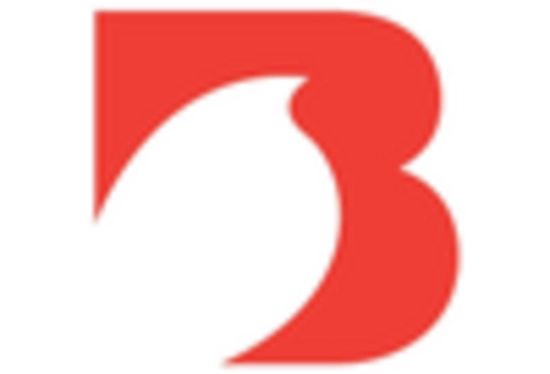
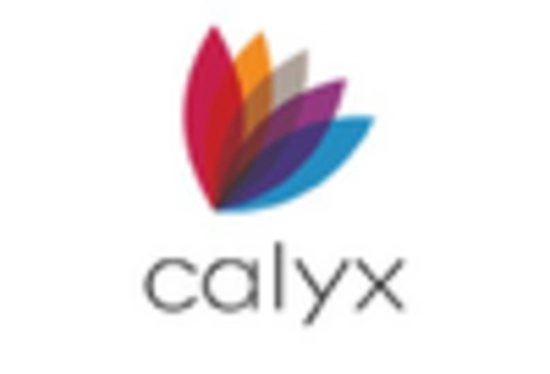

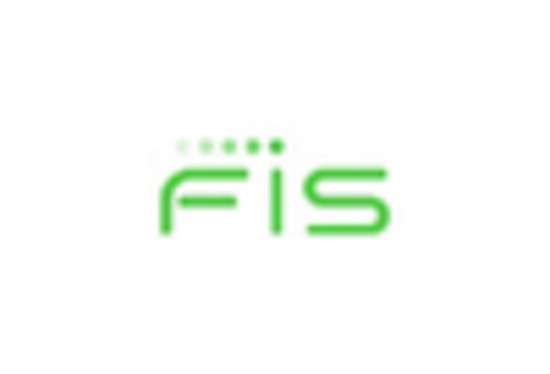










Leave a Comment